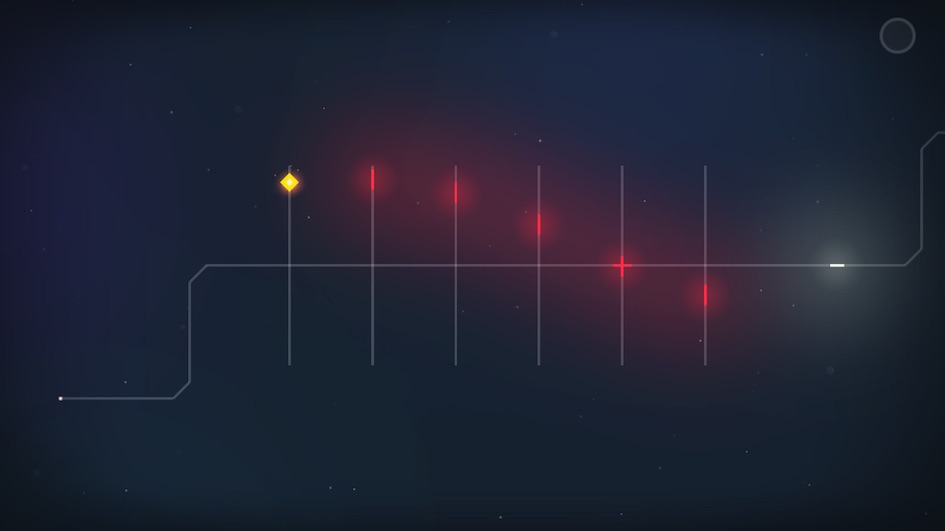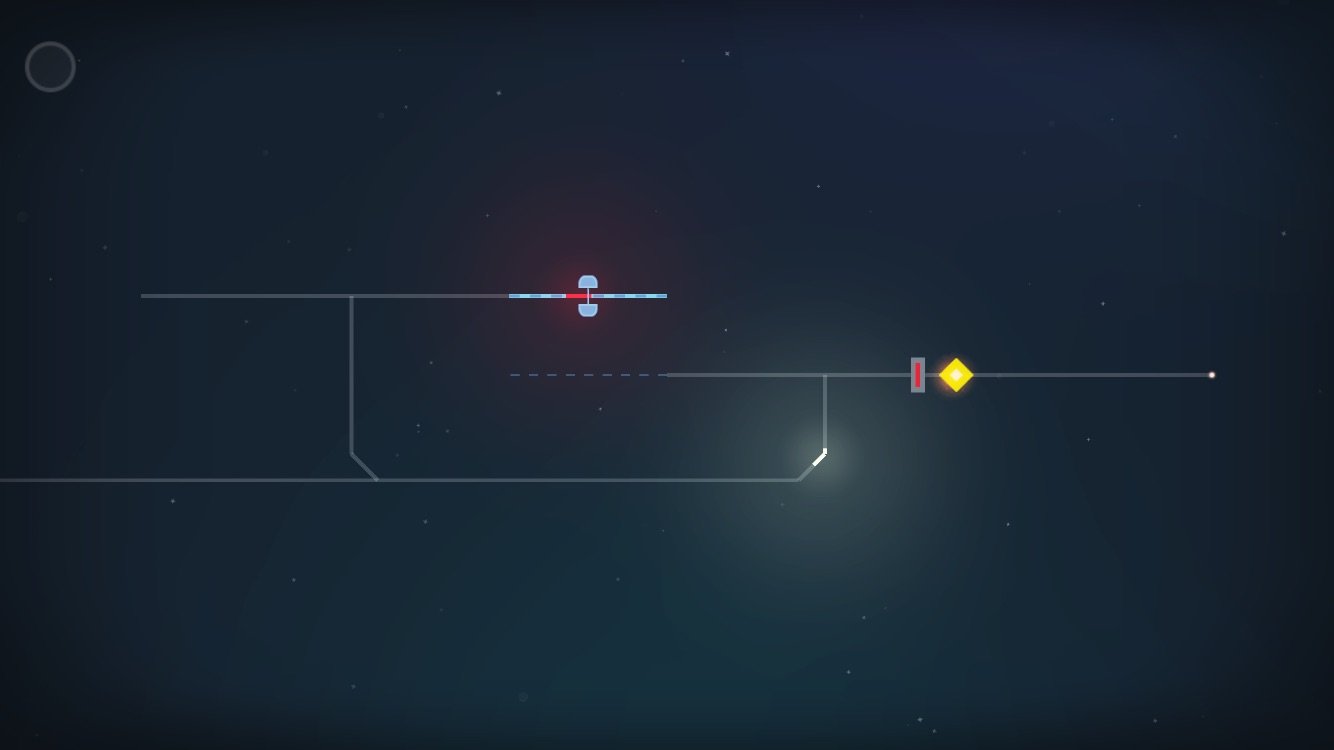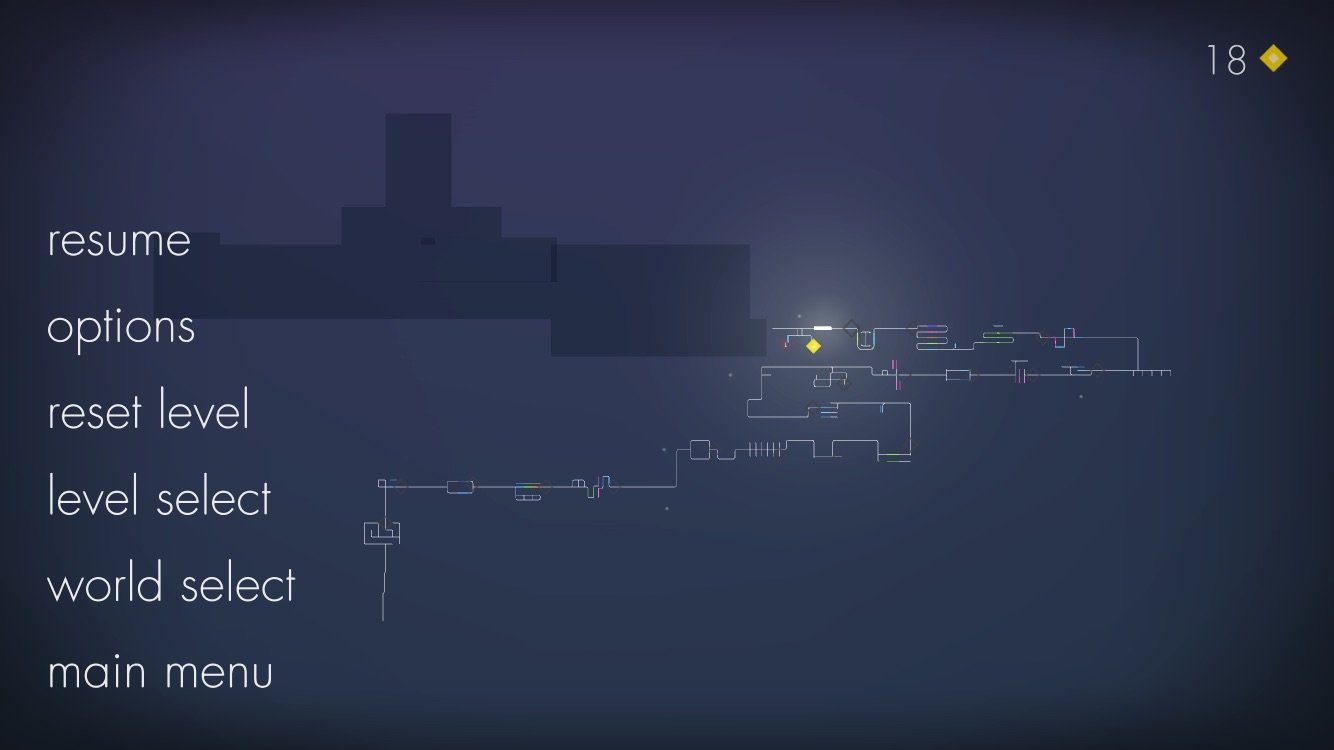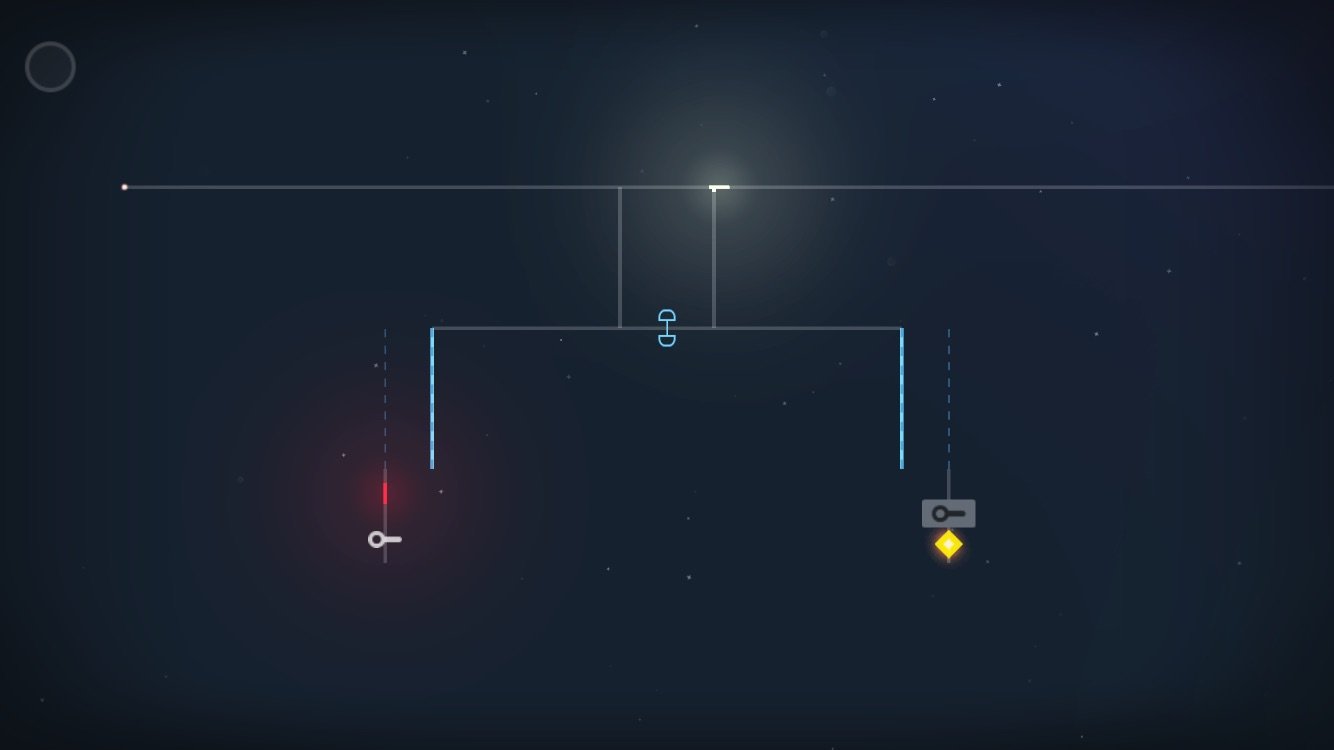- Wondering how to get Monopoly GO! free rolls? Well, you’ve come to the right place. In this guide, we provide you with a bunch of tips and tricks to get some free rolls for the hit new mobile game. We’ll …
Best Roblox Horror Games to Play Right Now – Updated Weekly
By Adele Wilson
Our Best Roblox Horror Games guide features the scariest and most creative experiences to play right now on the platform!The BEST Roblox Games of The Week – Games You Need To Play!
By Sho Roberts
Our feature shares our pick for the Best Roblox Games of the week! With our feature, we guarantee you'll find something new to play!Type Soul Clan Rarity Guide – All Legendary And Common Clans Listed!
By Nathan Ball
Wondering what your odds of rolling a particular Clan are? Wonder no more, with my handy Type Soul Clan Rarity guide.
Linelight Review: You’ve Got the Glow
I should probably be burned out on abstract puzzle games that use minimal (but still somehow striking) visuals by now, but I actually can’t get enough of them. There’s just something about less conventional brain teasing coupled with a unique …

I should probably be burned out on abstract puzzle games that use minimal (but still somehow striking) visuals by now, but I actually can’t get enough of them. There’s just something about less conventional brain teasing coupled with a unique look that always piques my interest. It’s a weirdly specific preference that Linelight fits quite nicely.

Linelight looks pretty in its simplicity right from the start thanks to the use of intricate lines and faux light effects. It’s like watching the sentient glow from a neon sign move around on its own. The way your movement reveals more of the environment as you progress is another very neat touch.
The approach to visuals was enough to draw me in, but what ended up cementing my regard for the game’s look is what happens when you hit the pause button. As the menu appears the camera pulls back to reveal the world you’ve been revealing in its entirety, which looks like a series of line scribbles made with light that get more and more intricate the farther you go.

Each section is its own puzzle, with things naturally getting trickier as you progress. What begins as a very simple matter of following a single track steadily opens up to add elements like multiple tracks, hazards, button-activated pathways and more. This sort of stuff is kind of a prerequisite for a good puzzle game, but I especially appreciate how Linelight always introduces new stuff in a “safe” manner. What I mean is, if you’re seeing a new type of puzzle element or hazard for the first time, it’s going to be on a screen that’s set up solely to show you how it works — you won’t have to actually figure out a solution until you move on to the next screen. This is a great way to wordlessly give players the information they need in order to work their way through puzzles, and I wish more games took this kind of approach.
Hats off to the designers for the puzzles themselves, too. It always seems like just as I’m about to get tired of seeing one particular element, a new one is introduced. That, or existing mechanics that I’ve already become accustomed to are utilized in new and interesting ways. It’s yet another thing I wish more games, especially puzzle games, would do.

The one problem I’ve run into is the virtual stick used to control your little light-thingy. It works just fine for the most part, but precision movement — especially when time is a factor — isn’t so great. There are times when you need to make quick turns down alternate pathways with a very small margin for error, and accidentally overshooting the turn because the stick didn’t register properly can get to be annoying. I’ve been able to work around it by way of stubborn persistence, but I wish blaming myself for getting a solution wrong was the only frustrating thing about this. Good thing there’s no real penalty for “dying” other than having to restart that particular screen.
Linelight is the sort of game I never get tired of stumbling upon. It’s an unexpected gem — slightly imperfect, but far too interesting and charming in its ambition for me to care. Not that it’s hurting for accolades, but if you haven’t tried Linelight, yet you definitely should.

The good
- Simplistic and minimal art style that grows into something beautiful
- Does a good job of wordlessly teaching players new tricks
- Regularly adds or repurposes elements to create fresh new puzzles

The bad
- Virtual stick feels a little off
More articles...
Monopoly GO! Free Rolls – Links For Free Dice
By Glen Fox
Wondering how to get Monopoly GO! free rolls? Well, you’ve come to the right place. In this guide, we provide you with a bunch of tips and tricks to get some free rolls for the hit new mobile game. We’ll …Best Roblox Horror Games to Play Right Now – Updated Weekly
By Adele Wilson
Our Best Roblox Horror Games guide features the scariest and most creative experiences to play right now on the platform!The BEST Roblox Games of The Week – Games You Need To Play!
By Sho Roberts
Our feature shares our pick for the Best Roblox Games of the week! With our feature, we guarantee you'll find something new to play!Type Soul Clan Rarity Guide – All Legendary And Common Clans Listed!
By Nathan Ball
Wondering what your odds of rolling a particular Clan are? Wonder no more, with my handy Type Soul Clan Rarity guide.







